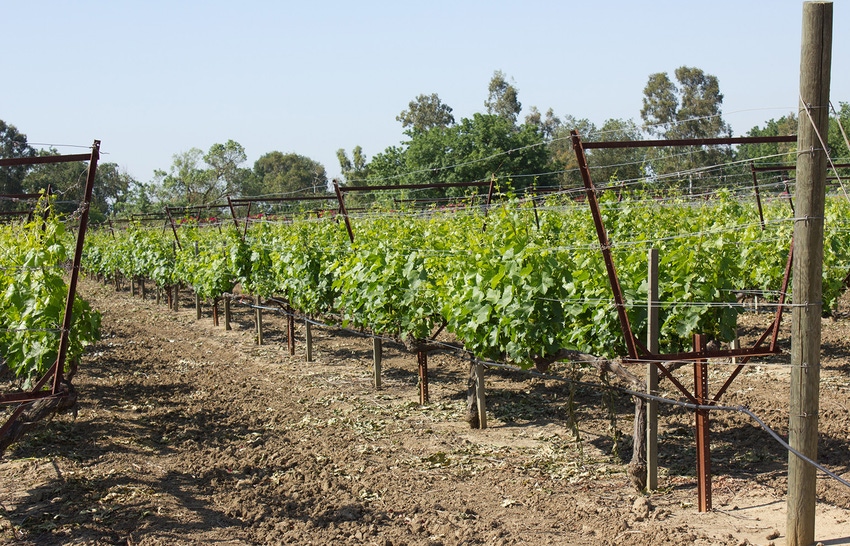
Calling it— with modest understatement — extensive and ambitious and noting that it will be a work in progress for quite some time, the initial chapters of Winegrapes of UC Davis are now available online.
Under the sponsorship of University of California, Davis Foundation Plant Services and written by staff historian Nancy Sweet, the treatise designed as informative outreach to the industry discusses the origins of Foundation Plant Services into the 21st century before focusing on several varieties of vines most popular in California.
"Initially we wanted to specialize in our grape collection of over 800 varieties as well as a few thousand clones and put them into some sort of online catalog that could pass for a national grape registry," she says.
"Instead, we ended up repurposing our website into an FPS grape registry, putting little profiles of all of our grapes online so growers and wine makers could quickly figure out where a specific grape had originated."
While the publication doesn't fit the true book category — Sweet calls it "a series of articles profiling the most popular varieties" — the result is a historical representation of where specific grapes came from.
That doesn't happen overnight and Sweet spent a few years researching and describing all the Cabernets and where they came from, all the Chardonnays and their origin, interviewing industry members about what they remembered about a specific grapes heritage.
"Because this is an ongoing project, I'm currently working on a chapter dealing with the nursery grapevine industry in the state with interviews of elderly nurserymen and their remembrances," she said.
Starting with the most popular varieties, the best sellers, they backed off from a massive nationwide project and centered on the California grape industry.
"Our chapters on cabernet, chardonnay, and pinot are enormous because they go way back into the olden days and should be beneficial to growers who always ask the source of certain selections," she said.
The chapter on pinot noir is a good example in which older pinots were collected and subjected to trials showing which clones performed and how well.
"If I'm aware of a trial of a certain variety with things like yield information, it goes in the book along with where it came from and growers can pull recommendations out of that based on how previous growers were successful in the past," she said.
Places are documented as well as species, like cabernet and Napa or pinot and Sonoma, but, "There are so many microclimates all over the place that we can't really recommend somebody grow one variety in their climate, so I cite farm advisors and viticulture extension advisors from UC that have done that research."
More historic than how-to
The compilation is more historic than how-to, a descriptive source of information about where a specific grape came from and how well it did and includes imported species from within the past 20 years.
"It's hard to get a grip on just how large this project is because it's so big and constantly evolves," she says. "Not long ago we got a large collection from Greek growers and nursery men which updated a World War II collection from an old viticulture professor that dated back to 1949."
Not only the magnitude of the project, but its uniqueness makes it one-of-a-kind.
"People have written in-depth about a single variety, like entire books on pinot noir, but this is a compendium," she says. Instead of calling it Profiles in Courage, it could be called Profiles of Cultivars.
"It's a good way to get into the history of a cultivar in California," says the author of her initial efforts documenting black grapes of Bordeaux; Malbec; Sauvignon blanc and the Sauternes; the Pinot group; Chardonnay and other white grapes of Burgundy; the story of Zinfandel, and chapters on Barbera and Riesling.
Access to the book is via the FPS website, fps.ucdavis.edu, in the section titled Winegrapes of UC Davis.
For more news on pests, disease management and other issues affecting vineyards, subscribe to the bi-monthly newsletter The Grape Line.
About the Author(s)
You May Also Like




